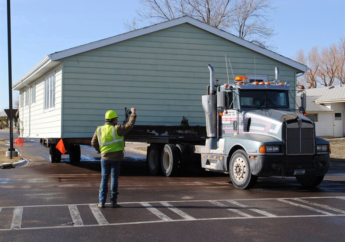Smart Homes, Smart Design: Integrating Technology Into Modern Living Spaces
by Ankita Tripathy Real Estate Published on: 31 January 2024 Last Updated on: 07 November 2024
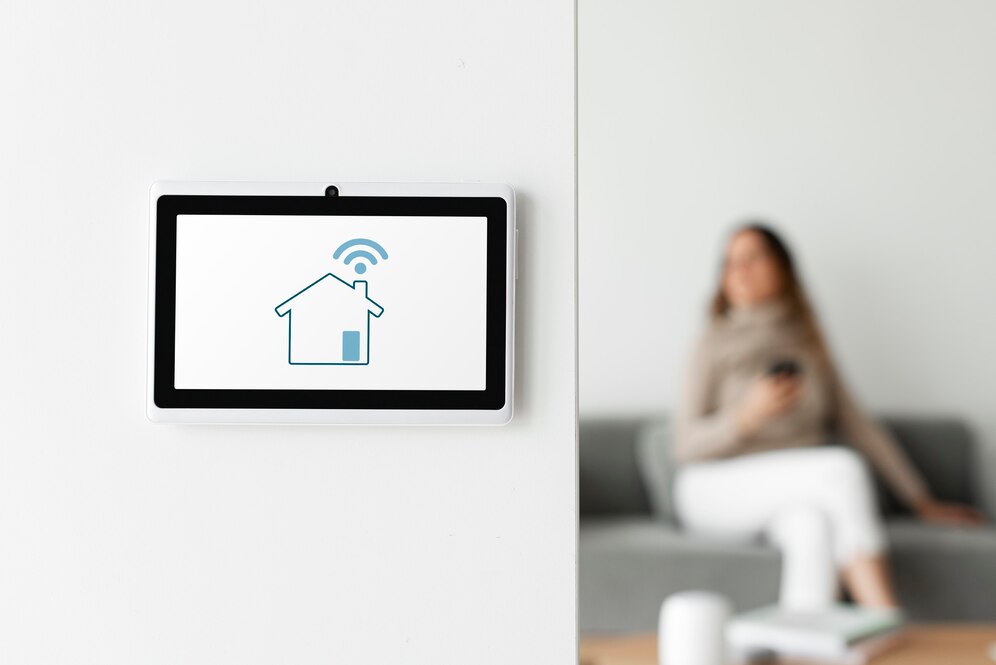
In the ever-evolving landscape of architecture and design, the integration of smart home technologies has become a defining feature of modern living spaces. From automated lighting systems to intelligent climate control, these technologies not only enhance convenience but also contribute to the overall efficiency and sustainability of homes.
This article explores the seamless integration of smart home technologies into architectural design, with a specific focus on the role of foam gun in insulating walls and creating energy-efficient structures.
When you integrate smart technology into your home, there are several advantages and disadvantages of the situation. What you need to keep in mind is in the end, it comes down to your personal preference based on which you can invest in the type of gadgets you are going to use!
In this article, there are significant aspects such as enhanced security, energy savings, and convenience are all part of this service. When homes are turned into smart homes, the connectivity increases along with the integration of smart tech with regular practices.
The Rise of Smart Home Technologies in Architecture
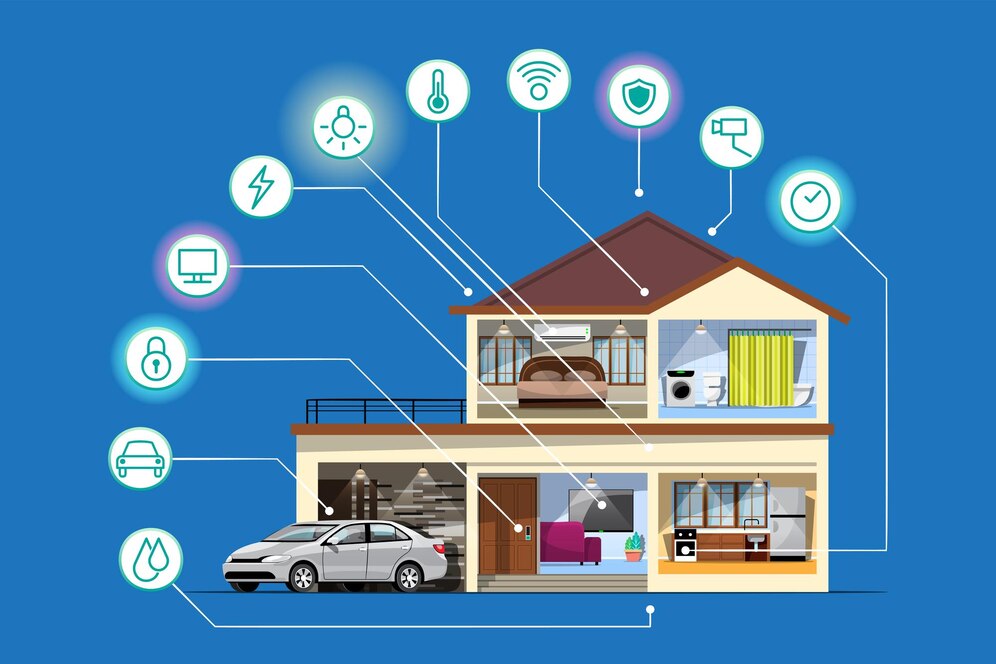
As technology continues to advance, architects and designers are increasingly incorporating smart home technologies into their projects. Smart homes are equipped with interconnected devices and systems that can be controlled remotely, offering homeowners unprecedented levels of convenience and control over their living spaces. From security systems and energy management to entertainment and climate control, these technologies have the potential to transform the way we interact with our homes.
Of course, people might have privacy concerns along with experiences of technical glitches making it difficult for them to adapt to smart home and smart home devices. Traditional methods of lighting and furniture are often the most common way of dealing with homes and their decorations.
Adopting smart tech for your home will bring about a range of technological advancements. You will experience a range of benefits from the smart home technology such as increased home value, accessibility, safety, energy saving, and efficiency along with convenience.
Read about how smart home devices actually control the overall effectiveness of homes integrating innovative technology. There are important factors that contribute to making your life easier along with the way the transition from traditional services to smart tech happens.
Intelligent Climate Control: A Key Component of Smart Home Design
One of the pivotal aspects of smart home design is intelligent climate control. Modern homeowners seek not only comfort but also energy efficiency in their living spaces. Smart thermostats, HVAC systems, and automated blinds are among the technologies that contribute to creating a more sustainable and eco-friendly home.
Foam Guns and Energy-Efficient Insulation
In the pursuit of energy efficiency, architects are turning to innovative solutions for insulation, and foam guns have emerged as a valuable tool in this endeavour. Foam guns are devices that spray insulating foam onto surfaces, providing a seamless and effective barrier against heat transfer. This insulation method not only enhances the energy efficiency of a home but also contributes to creating a comfortable and environmentally conscious living environment.
Benefits of Foam Insulation in Smart Home Design
- Seamless Application: Foam guns allow for the precise and even application of insulating foam. This results in a seamless barrier that covers irregular surfaces, ensuring there are no gaps or weak points in the insulation.
- Air-Tight Seal: The foam created by the spray gun expands and fills gaps, creating an air-tight seal. This minimizes air leakage, a significant contributor to energy loss in traditional insulation methods.
- Versatility: Foam insulation can be applied to various surfaces, including walls, ceilings, and even hard-to-reach areas. Its versatility makes it an ideal solution for both new constructions and renovations.
- Reduced Energy Consumption: A well-insulated home requires less energy for heating and cooling. Foam insulation helps regulate indoor temperatures, reducing the load on HVAC systems and contributing to lower energy bills.
- Moisture Resistance: Foam insulation is resistant to moisture, preventing the growth of mold and mildew. This not only enhances the indoor air quality but also contributes to the longevity of the building structure.
- Soundproofing: In addition to thermal insulation, foam also provides effective soundproofing. This is particularly beneficial in urban environments or homes with shared walls, where reducing noise transmission is a priority.
Case Studies: Successful Integration of Foam Guns in Smart Home Design
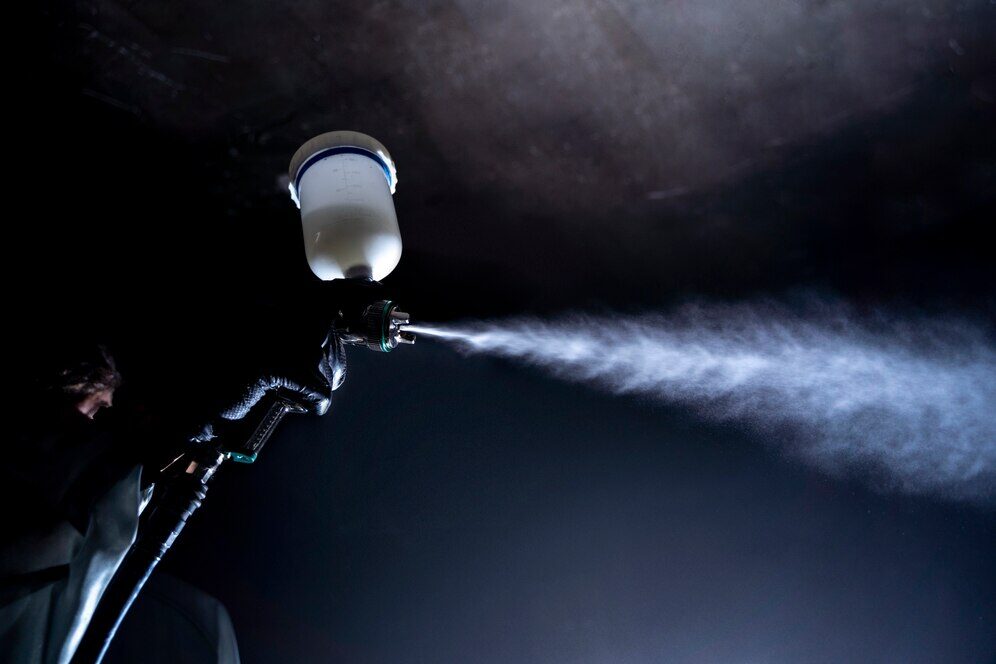
- Energy-Efficient Renovation: Imagine a traditional home undergoing a renovation to become a smart and energy-efficient residence. In this scenario, architects use foam guns to apply insulating foam to the walls, ensuring that the home is well-sealed and ready for the integration of smart climate control systems. The result is a comfortable living space that maximizes energy efficiency and embraces modern technology.
- New Construction with Sustainable Focus: In the construction of a new eco-friendly residence, architects prioritize sustainability and energy efficiency. Foam guns are employed to insulate the entire building envelope, from the walls to the roof. This not only creates a well-insulated and energy-efficient structure but also sets the stage for the seamless integration of smart home technologies, including energy monitoring and automated climate control.
Challenges and Considerations
While the integration of smart home technologies and foam insulation brings numerous benefits, it’s essential to consider potential challenges. Compatibility issues, upfront costs, and the need for skilled professionals in the application of foam insulation are factors that architects and homeowners must address. However, the long-term benefits, both in terms of energy savings and enhanced comfort, often outweigh these initial challenges.
Disadvantages Of Smart Home Technology!
There are several disadvantages of the smart home technology which contributes to the discerning factors of the compromises. When using smart home devices, people are often doubtful along with worrying about their effectiveness. Read about the drawbacks so that you can be aware of it.
This will help the users of the smart tech in relation to their home regarding how they must be aware of the compatibility along with meeting the specific needs. The existing systems of smart home technology should not be completely trusted because it is vulnerable to breaches.
The first potential drawback identified when using smart home devices is the internet outage! So, smart homes are completely dependent on internet connection hence, if the functionality of the internet is compromised, people will suffer especially if it’s nighttime.
The functionality of the smart devices are compromised with the absence of the internet even though it is a rare incident. There must be a backup plan so that people can operate even without internet access. It is a common aspect of having built-in backup capabilities because it helps in resolving internet issues.
This is a huge limitation especially when it comes to technology hence, mitigating internet outages is a necessary evil. Cybersecurity breaches can turn smart homes and smart homes devices into vulnerable pieces of objects.
Strong passwords along with regular updates of firmware and a secure Wi-FI network are measures which anyone planning to have a smart home must implement!
Looking Ahead: The Future of Smart Home Design
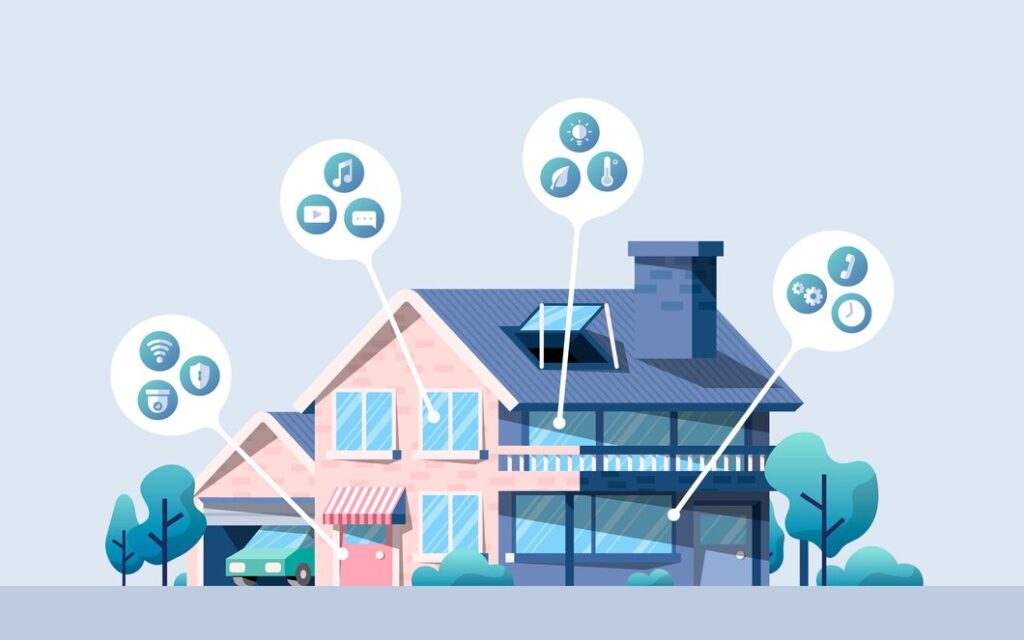
As technology continues to advance, the possibilities for smart home design are expanding. Artificial intelligence (AI), the Internet of Things (IoT), and machine learning are becoming integral components of home automation systems, offering homeowners unprecedented levels of customization and control.
In the realm of insulation, innovations in foam formulations are on the horizon, promising even greater efficiency and sustainability. Researchers and manufacturers are exploring eco-friendly foam options and refining application techniques to further optimise the insulation process.
Conclusion
Smart homes are no longer a futuristic concept; they are a tangible reality reshaping the way we live. The integration of smart home technologies into architectural design represents a harmonious blend of functionality, sustainability, and innovation. In this landscape, foam guns play a pivotal role in creating energy-efficient structures that serve as the foundation for intelligent climate control systems.
As architects and designers continue to push the boundaries of what is possible in smart home design, the collaboration between technology and construction methods like foam insulation will play a crucial role in shaping the homes of the future. With a commitment to innovation and sustainability, the marriage of smart home technologies and foam insulation heralds a new era of comfortable, efficient, and environmentally conscious living spaces.
Read Also:



































































































